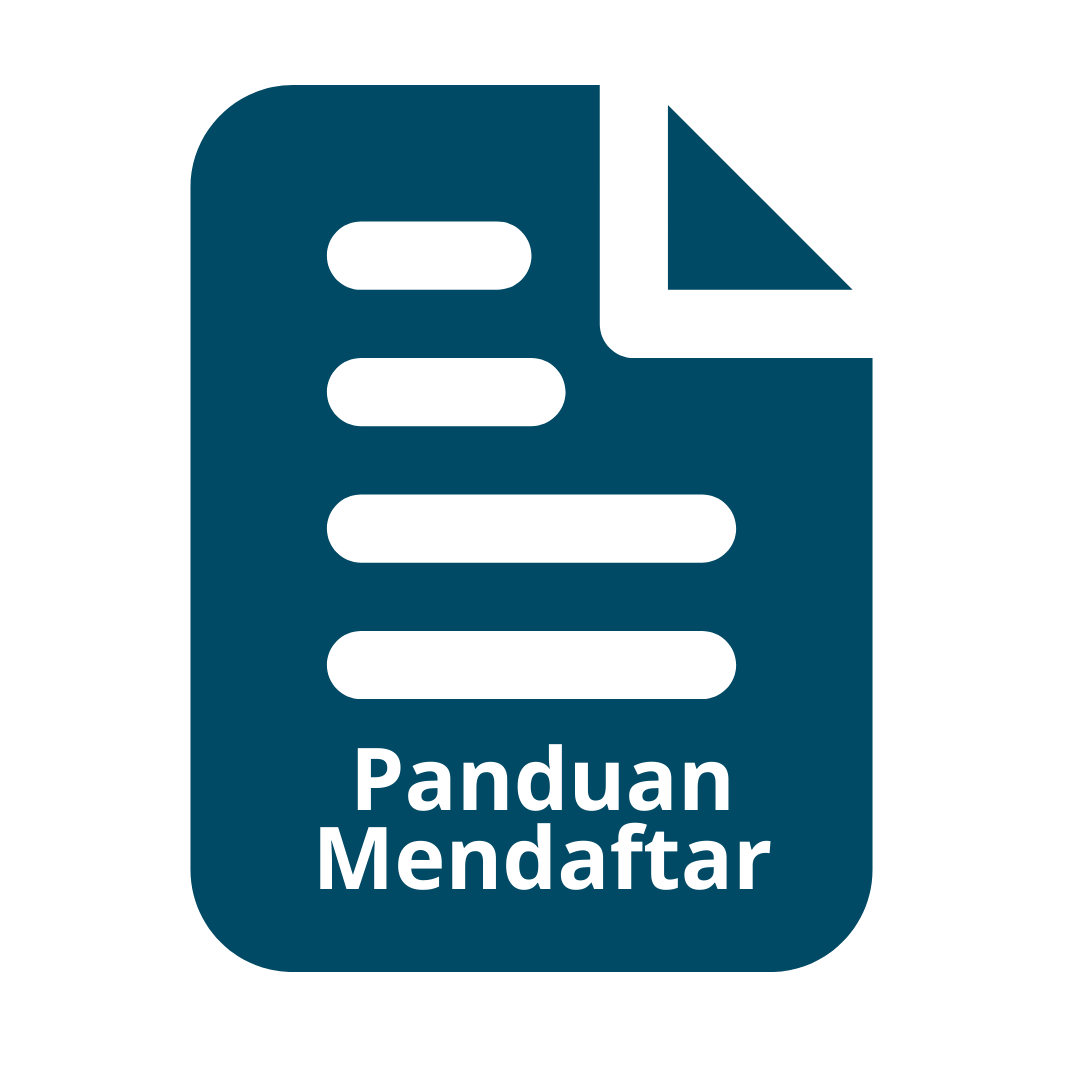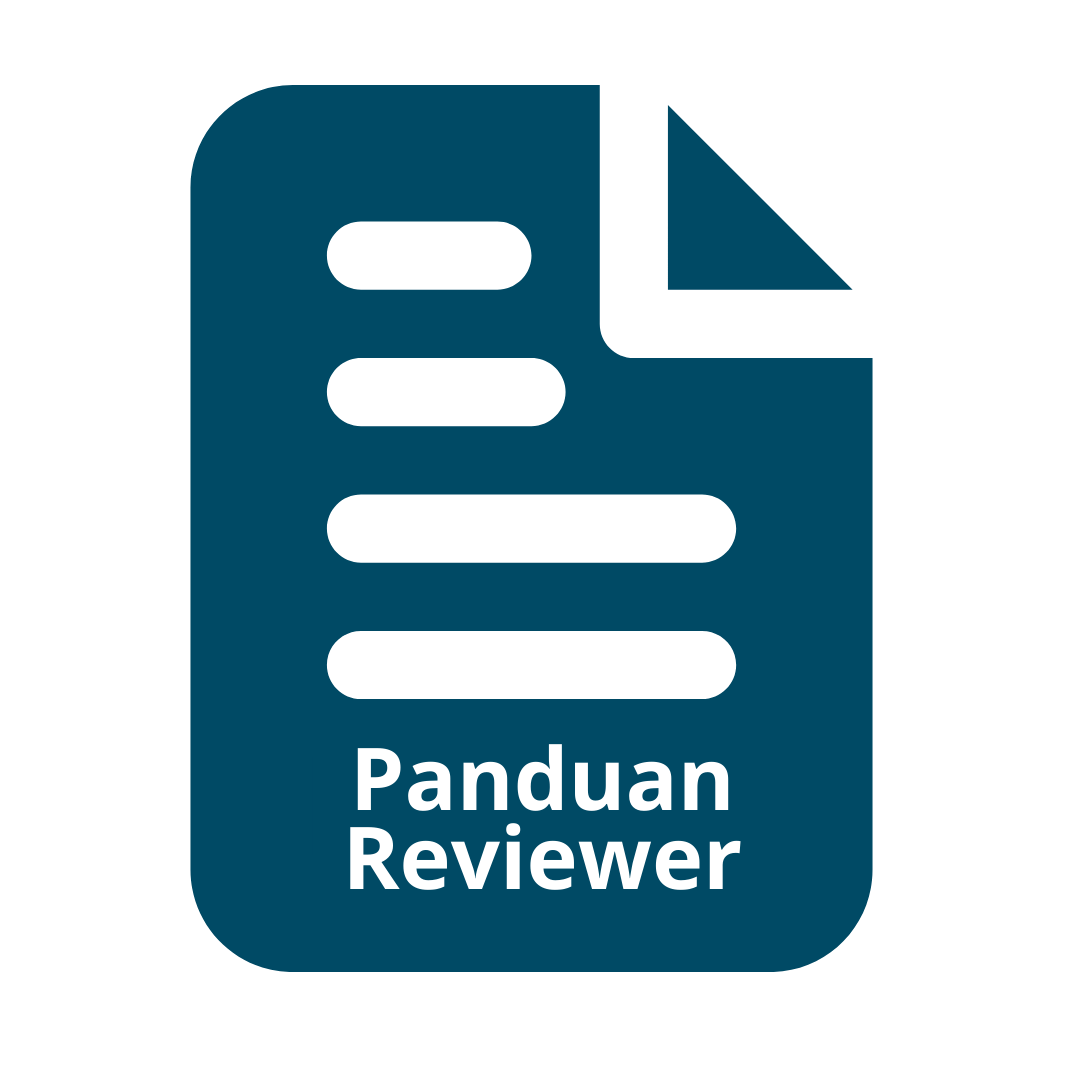WEEDS CONTROL WITH HERBICIDE DOSAGE AND FREQUENCY OF PGPR TOWARD GROWTH AND YIELD OF PADDY CROPS
Abstract
The first aim of this research was to determine dose of herbicide and frequency of Plant Growth Promoting Rhizobacteria application that efficient to control weeds toward growth and yield of paddy crops. fertilization on the growth and brix value of sweet sorghum cultivated on marginal land. The factorial experiment was arranged in randomized completely block design, with three treatments. The first factor was dose of herbicide with three levels: H0 = without herbicide application, H1 = 1,25 L/ha, and H2 = 1,5 L/ha. The second factor was frequency of PGPR applications with three levels: P0 = without PGPR application, P1 = one time application, and P2 = two times application, each treatment was repeated three times.. Analysis of variance was used for data analysis, and than followed with Duncan Multiple Range Test (DMRT) if there was a significant different. The result showed that the herbicide application with cyhalofop-butyl and penoxsulam active ingredient doses of 1,25 L/ha and 1,5 L/ha was significantly increased weeds control efficiency per species above 90% (92-99%), shoot root ratio (34-40%), and dry weight of grain per hectare (7-8 tons/ha) than without herbicide application. Frequency of PGPR applications has no significantly effect on all parameters.
Keywords: weeds, herbicide, PGPR, rice
Keywords
Full Text:
PDFReferences
Ariole, C. N. dan A. Abubakar. 2015. Biodegradation of Atrazine by Bacteria Isolated from Lotic Water. Journal of Applied Life Sciences International. 2(3):119-125.
Bellinaso, M. D. L., C. W. Greer, M. D. C. Peralba, J. A. P. Henriques, dan C. C. Gaylarde. 2003. Biodegradation of The Herbicide Trifluralin by Bacteria Isolated from Soil. FEMS Microbiology Ecology. 43:191-194.
Buhaira. 2009. Pertumbuhan dan Hasil Padi (Oryza sativa L.) yang Dibudidayakan secara SRI pada Beberapa Waktu Penyiangan Gulma. Jurnal Agronomi. 13(1):25-32.
Castillo, M. A., N. Felis, P. Aragon, G. Cuesta, dan C. Sabater. 2006. Biodegradation of Herbicide Diuron by Streptomycetes Isolated from Soil. International Biodeterioration and Biodegradation. 58(3-4):196-202.
Caton, B. P., M. Mortimer, J. E. Hill, dan D. E. Johnson. 2010. A Practical Field Guide to Weeds of Rice in Asia. International Rice Research Institute. Filipina.
Chaudhry, G. R. dan L. Cortez. 1988. Degradation of Bromacil by a Pseudomonas sp. Applied and Environmental Microbiology. 54(9):2203-2207.
Dermiyati. 2005. Perubahan Aktivitas Mikroorganisme Tanah akibat Pemberian Herbisida Diuron dan Amelioran. Jurnal Tanah Tropika. 10(2):127-130.
Devlin, D. L., D. E. Peterson, dan D. L. Regehr. 1992. Residual Herbicides, Degradation, and Recropping Intervals. Kansas State University. Kansas, Amerika.
Effendy, E. dan R. L. Widajatno. 2012. Biodegradasi 2,4-Diklorofenol oleh Bakteri Alcaligenes sp. dan Bacillus sp. Jurnal Ilmiah Teknik Lingkungan. 1(2):41-47.
Gardner, F. P., R. B. Pearce, dan R. L. Mitchell. 2003. Physiology of Crop Plants. Iowa State University Press. Chicago, Amerika.
Guntoro, D. dan T. Y. Fitri. 2013. Aktivitas Herbisida Campuran Bahan Aktif Cyhalofop-butyl dan Penoxsulam terhadap Beberapa Jenis Gulma Padi Sawah. Agrohorti Bulletin. 1(1):140-148.
Hingdri, T. Turmuktini, Y. Yuwariah, T. Nurmala, dan T. Simarmata. 2013. Teknik Pengaturan Air pada Intensifikasi Padi Aerob Terkendali Berbasis Organik (IPAT-BO) untuk Meningkatkan Populasi Rhizobacteria, Efisiensi Penggunaan Air, Perakaran Tanaman, dan Hasil Tanaman Padi. Jurnal Agrovigor. 6(1):23-29.
Lestari, S. R., D. Ermavitalini, dan D. Agisismanto. 2013. Efektivitas meta-Topolin dan NAA terhadap Pertumbuhan In vitro Stroberi (Fragaria ananassa var. Dorit) pada Media MS Padat dan Ketahanannya di Media Aklimatisasi. Jurnal Sains dan Seni Pomits. 2(1):2337-3520.
Maintang dan N. Razak. 2013. Efektivitas Beberapa Herbisida yang Diaplikasikan pada 7, 10, 12, dan 15 Hari Setelah Sebar pada Budidaya Padi Sistem Tabela. Balai Pengkajian Teknologi Pertanian Sulawesi Selatan. Makassar.
Mas’ud, H. 2009. Komposisi dan Efisiensi Pengendalian Gulma pada Pertanaman Kedelai dengan Penggunaan Bokashi. Jurnal Agroland. 16(2):118-123.
Moenandir, J. 1993. Pengantar Ilmu dan Pengendalian Gulma. RajaGrafindo Persada. Jakarta.
Nie, Z. J., B. J. Hang, S. Cai, X. T. Xie, J. He, dan S. P. Li. 2011. Degradation of Cyhalofop-butyl (CyB) by Pseudomonas azotoformans Strain QDZ-1 and Cloning of a Novel Gene Encoding CyB-Hydrolyzing Esterase. Journal of Agricultural and
Food Chemistry. 59(11):6040-6046.
Panjaitan, F. J., B. Adirianto, dan T. Bachtiar. 2015. Isolasi Bakteri Pendegradasi Herbisida dari Rhizosfer Tanaman Padi Sawah dan Tanaman Hutan. Departemen Ilmu Tanah dan Sumberdaya Lahan, Fakultas Pertanian, Institut Pertanian Bogor. Bogor.
Pitoyo, J. 2006. Mesin Penyiang Gulma Padi Sawah Bermotor. Balai Besar Pengembangan Mekanisasi Pertanian. Banten.
Pratiwi, R., D. R. J. Sembodo, dan K. F. Hidayat. 2016. Efikasi Herbisida Penoksulam terhadap Pertumbuhan Gulma Umum pada Budidaya Tanaman Padi Sawah. Jurnal Agrotek Tropika. 4(1):16-21.
Rahmansyah, M. dan N. Sulistinah. 2009. Performa Bakteri pada Tanah Tercemar Pestisida. Berita Biologi. 9(5):657-664.
Respati, C. S. D., W. S. D. Yamika, dan H. T. Sebayang. 2015. Pengaruh Pengendalian Gulma pada Berbagai Umur Bibit terhadap Pertumbuhan dan Hasil Tanaman Padi Sawah (Oryza sativa L.). Jurnal Produksi Tanaman. 3(4):286-293.
Sembodo, J. R. 2010. Gulma dan Pengelolaannya. Graha Ilmu. Yogyakarta.
Sinton, G. L., L. T. Fan, L. E. Erickson, dan S. M. Lee. 1986. Biodegradation of 2,4-D and Related Xenobiotic Compounds. Enzyme Microbiology and Technology. 8:395-403.
Soenandar, M., M. N. Aeni, dan A. Raharjo. 2010. Petunjuk Praktis Membuat Pestisida Organik. AgroMedia Pustaka. Jakarta.
Travkin, V. V. M., I. I. P. Solyanikova, I. I. M. C. M. Rietjens, J. J. Vervoort, W. W. J. H. V. Berkel, dan L. L. A. Golovleva. 2006. Degradation of 3,4‐Dichloro‐ and 3,4‐Difluoroaniline by Pseudomonas fluorescens 26‐K. Journal of Environmental Science and Health, Part B. 38:121-132.
Watanabe, I., Rolando So, J. K. Ladha, Y. Katayama-Fujimura, dan H. Kuraishi. 1987. A New Nitrogen-Fixing Species of Pseudomonas: Pseudomonas diazotrophicus sp. nov. Isolated from The Root of Wetland Rice. Canadian Journal of Microbiology. 33(8):670-678.
Winarto, F. K., Nurbaiti, dan E. Zuhry. 2014. Pengaruh Frekuensi Pengendalian Gulma secara Manual terhadap Pertumbuhan dan Produksi Padi Sawah (Oryza sativa L.) dengan Metode SRI. Jurnal Online Mahasiswa (JOM) Bidang Pertanian. 1(1):1-7.
Yoshida, S. 1981. Fundamentals of Rice Crop Science. International Rice Research Institute. Filipina.
Xuan, T. D., M. Chung, T. D. Khanh, dan S. Tawata. 2006. Identification of Phytotoxic Substances from Early Growth of Barnyard Grass (Echinochloa crus-galli) Root Exudates. Journal of Chemical Ecology. 32(4):895-906.
Yu, X. M., T. Yu, G. H. Yin, Q. L. Dong, M. An, H. R. Wang, dan C. X. Ai. 2015. Glyphosate Biodegradation and Potential Soil Bioremediation by Bacillus subtilis Strain Bs-15. Genetics and Molecular Research. 14(4):14717-14730.
Zhang, H., M. Li, J. Li, G. Wang, dan Y. Liu. 2017. Purification and Properties of a Novel quizalofop-p-ethyl-hydrolyzing Esterase Involved in quizalofop-p-ethyl Degradation by Pseudomonas sp. J-2. Microbial Cell Factories. 16:80-90.
DOI: https://doi.org/10.31315/agrivet.v24i1.4667
DOI (PDF): https://doi.org/10.31315/agrivet.v24i1.4667.g3387
Refbacks
- There are currently no refbacks.
Indexed by:









